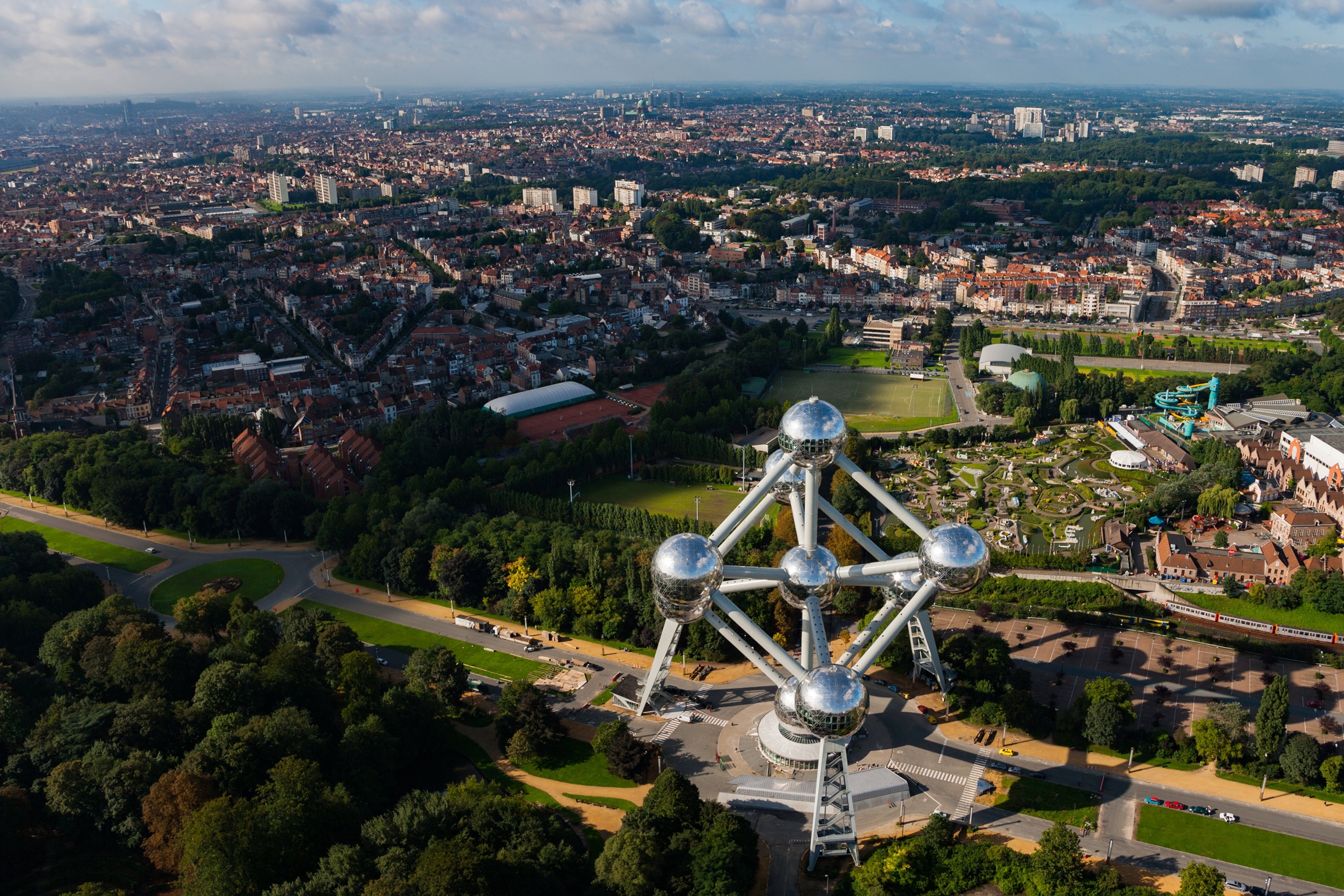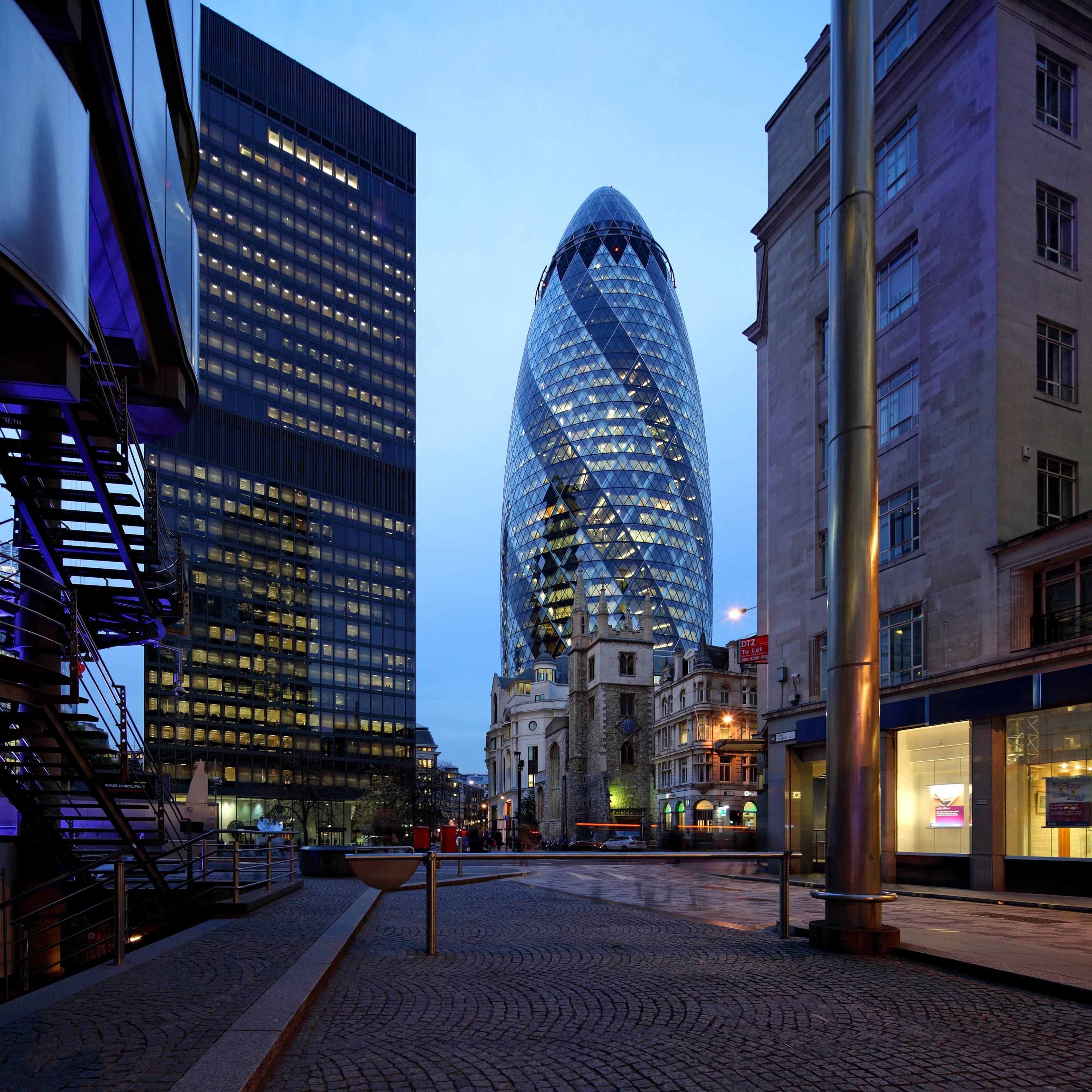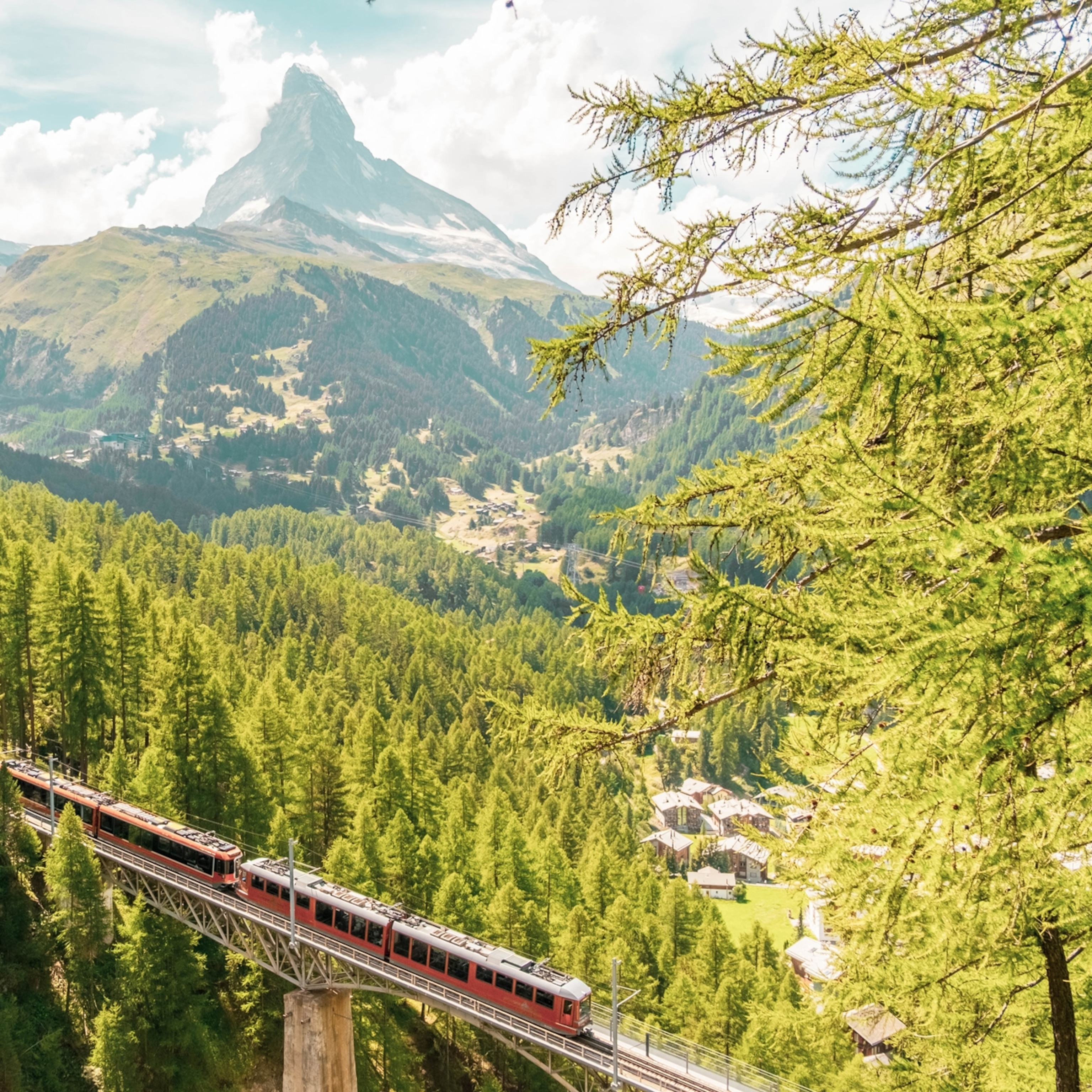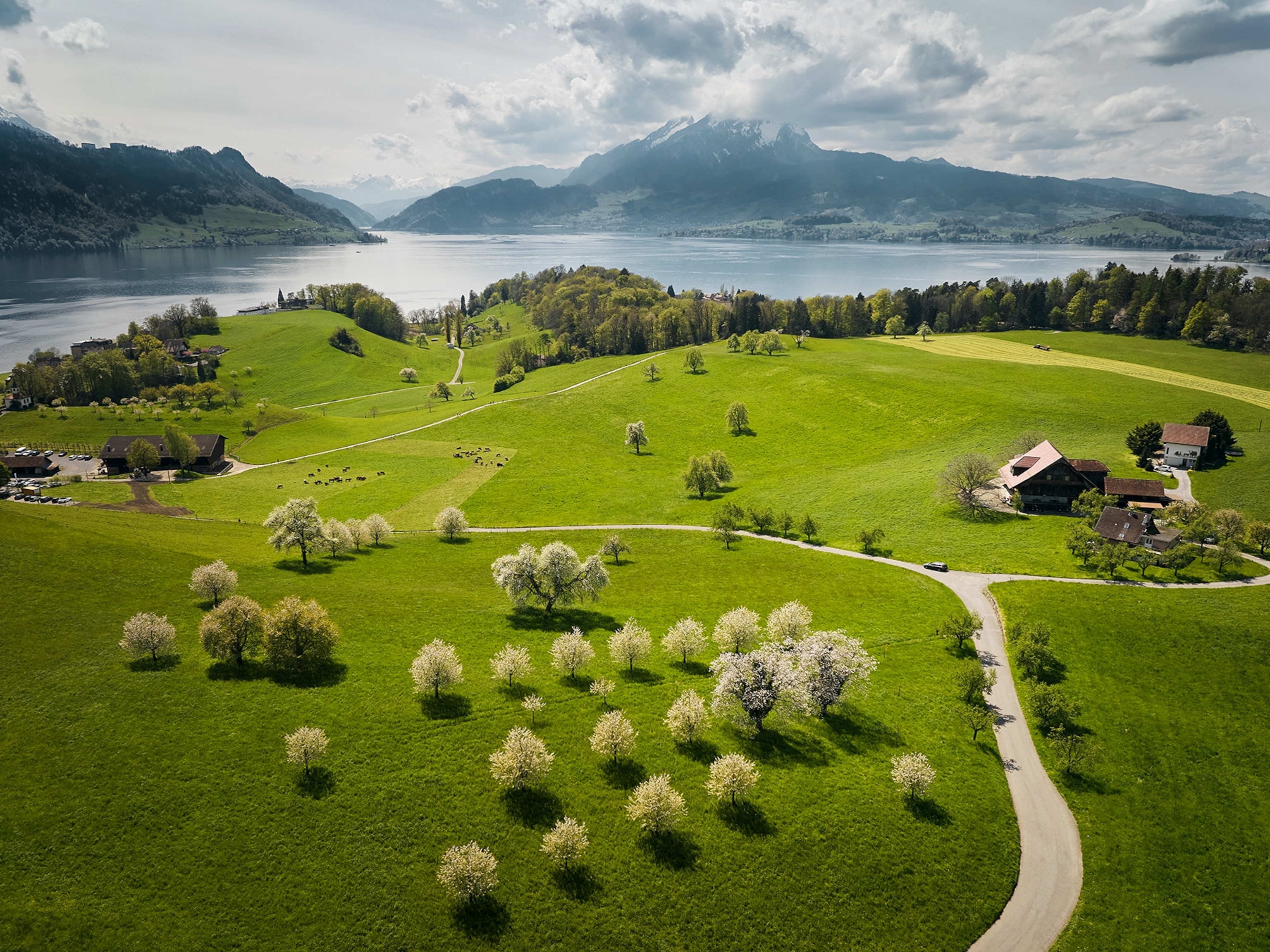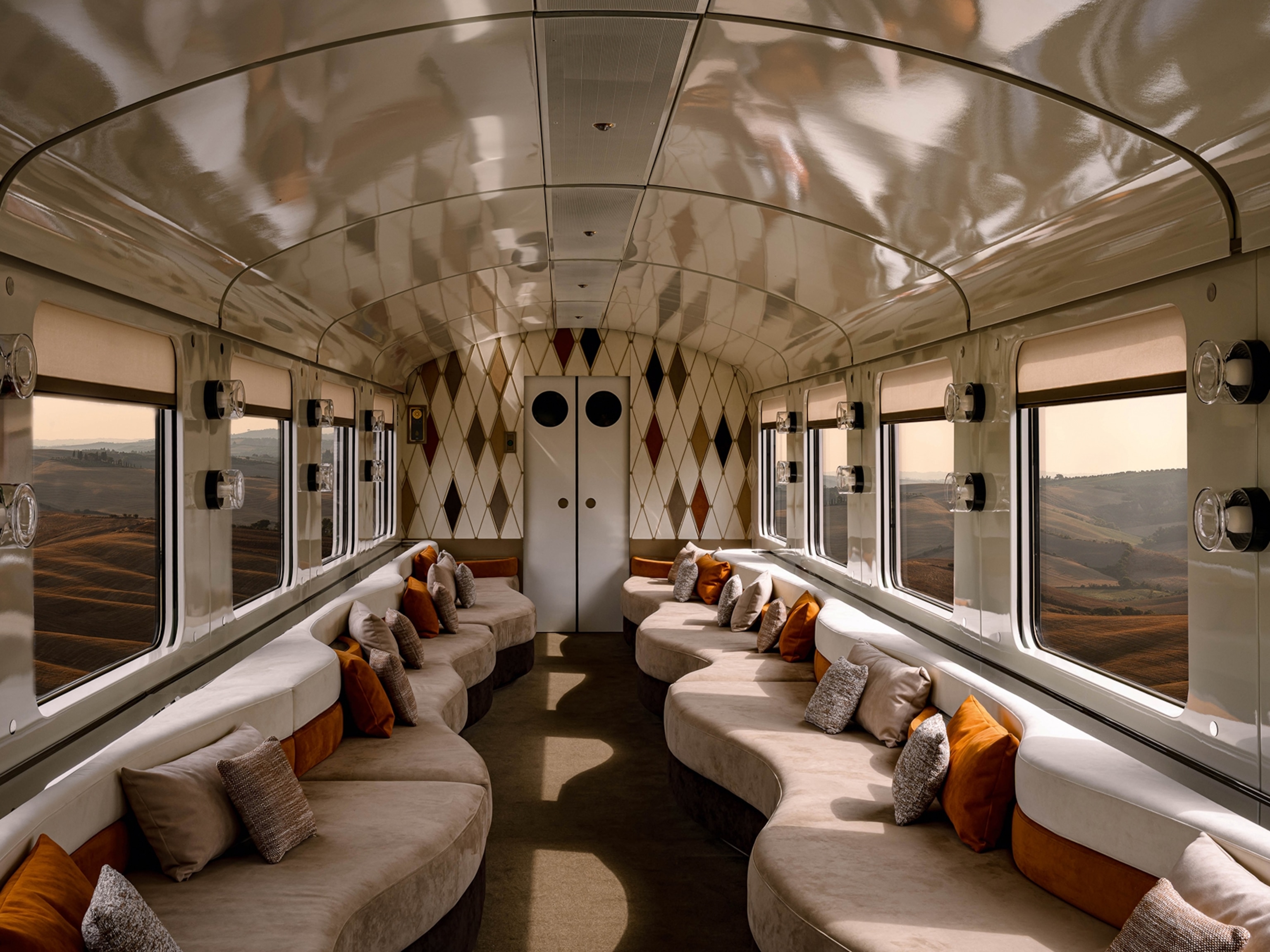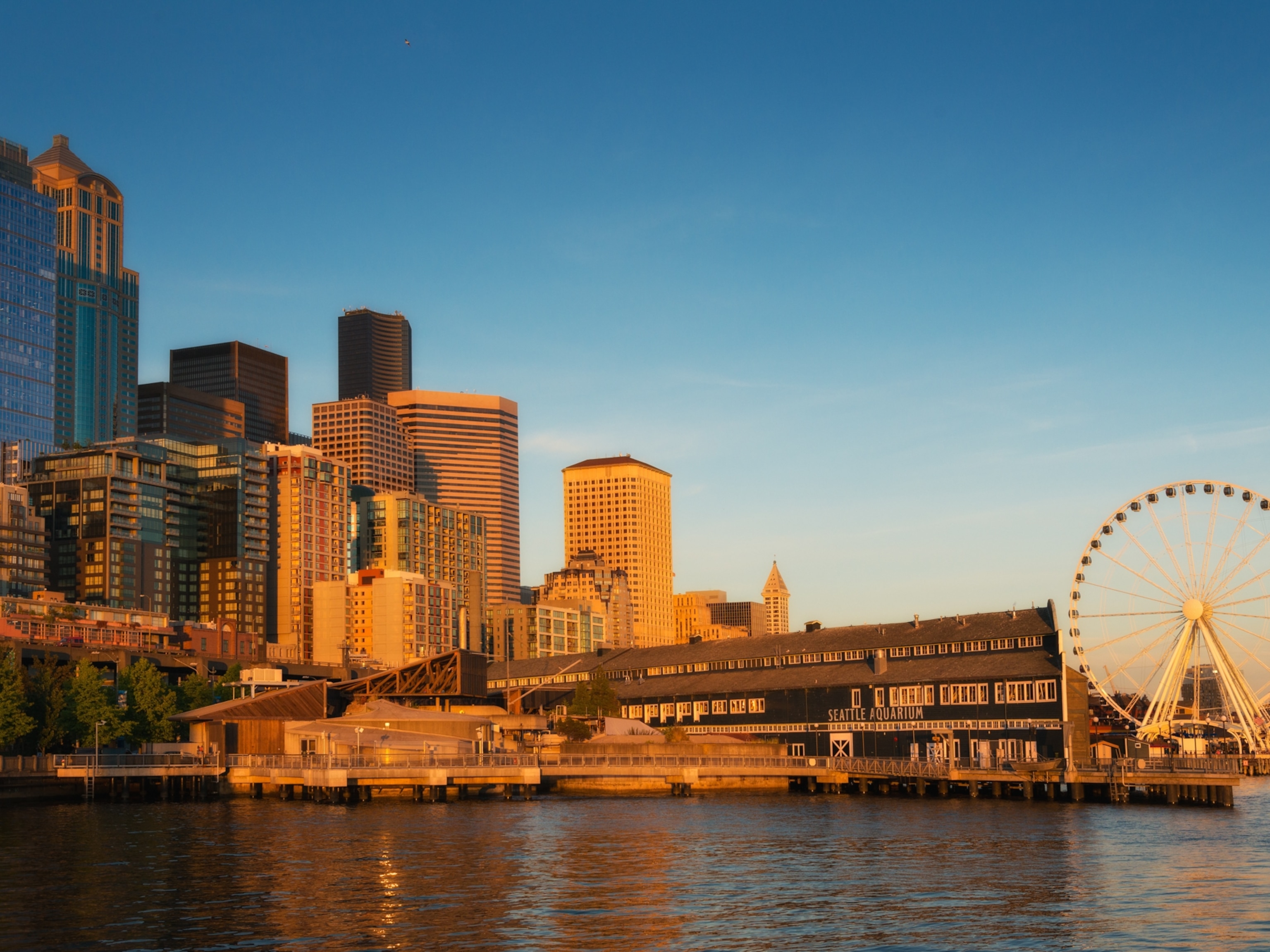
10 Ways to Experience the World Through A Glass Bubble
Experiences for the times when—for comfort, safety, or practicality—you opt to see the natural world behind a bubble of glass.
Nature is usually best observed unfiltered, with nothing between you and the trees, bees, and breeze. But sometimes—for comfort, safety, or practicality—it’s better to opt for the next best thing: seeing the natural world through a wall or bubble of glass that protects you from the elements. It’s a quiet thrill to stare down a shark from inches away in an underwater glass tunnel, a cozy indulgence to admire the Northern Lights in Finland from a king bed in a heated glass “igloo.” With these 10 travel experiences, glass adds a touch of class.
Igloo Inns
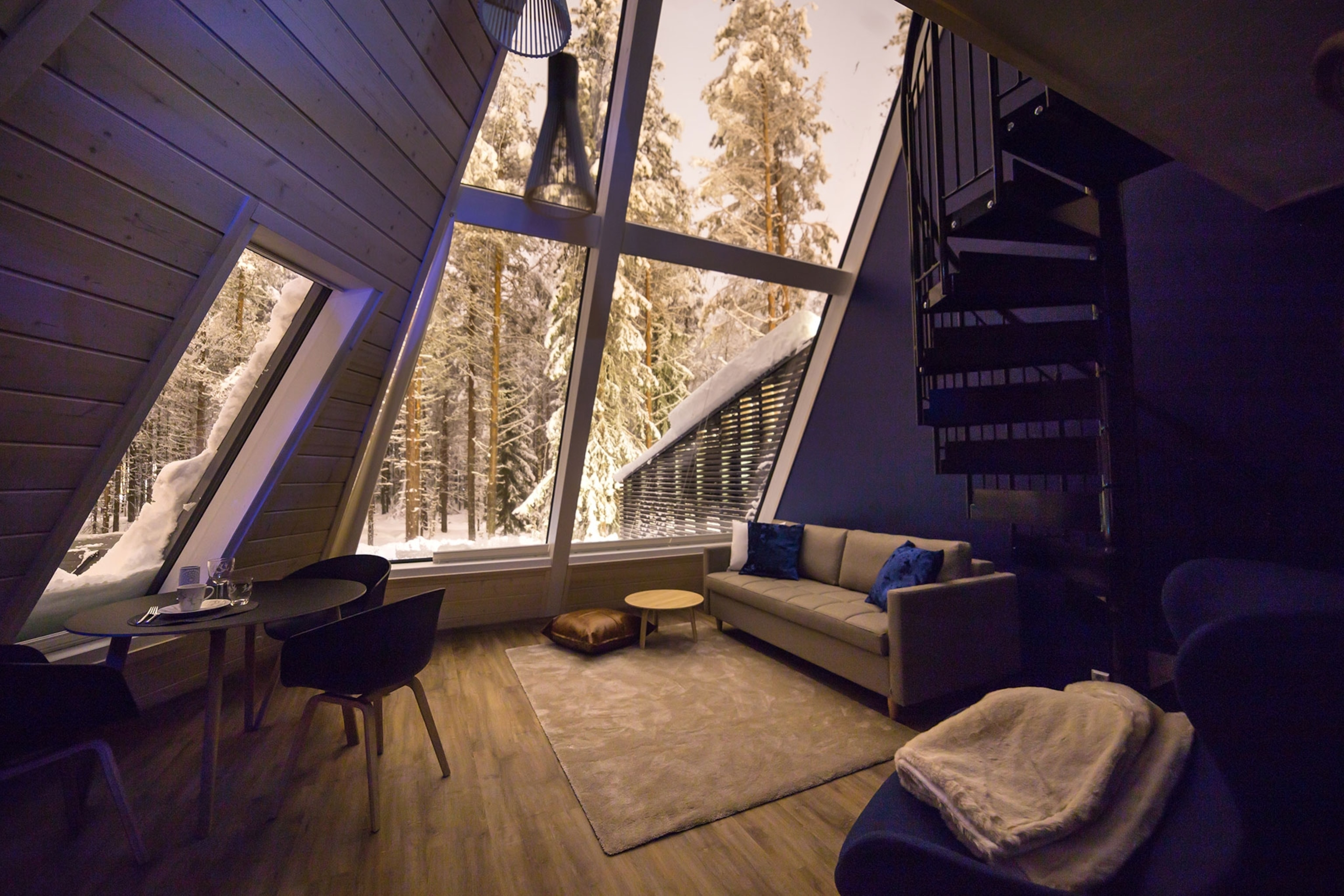
Private saunas and floor-to-ceiling windows are suite features of Santa Claus Village’s Snowman World Glass Resort. Heated floors and thermal-glass roofs keep you toasty inside Arctic SnowHotel Glass Igloos. And there’s a reindeer paddock outside the glass-roofed cabins at Northern Lights Village. These are among dozens of glass “igloo” inns found in Finland’s far-northern Lapland region that allow guests to admire Aurora Borealis in heated luxury.
Pause for Jaws
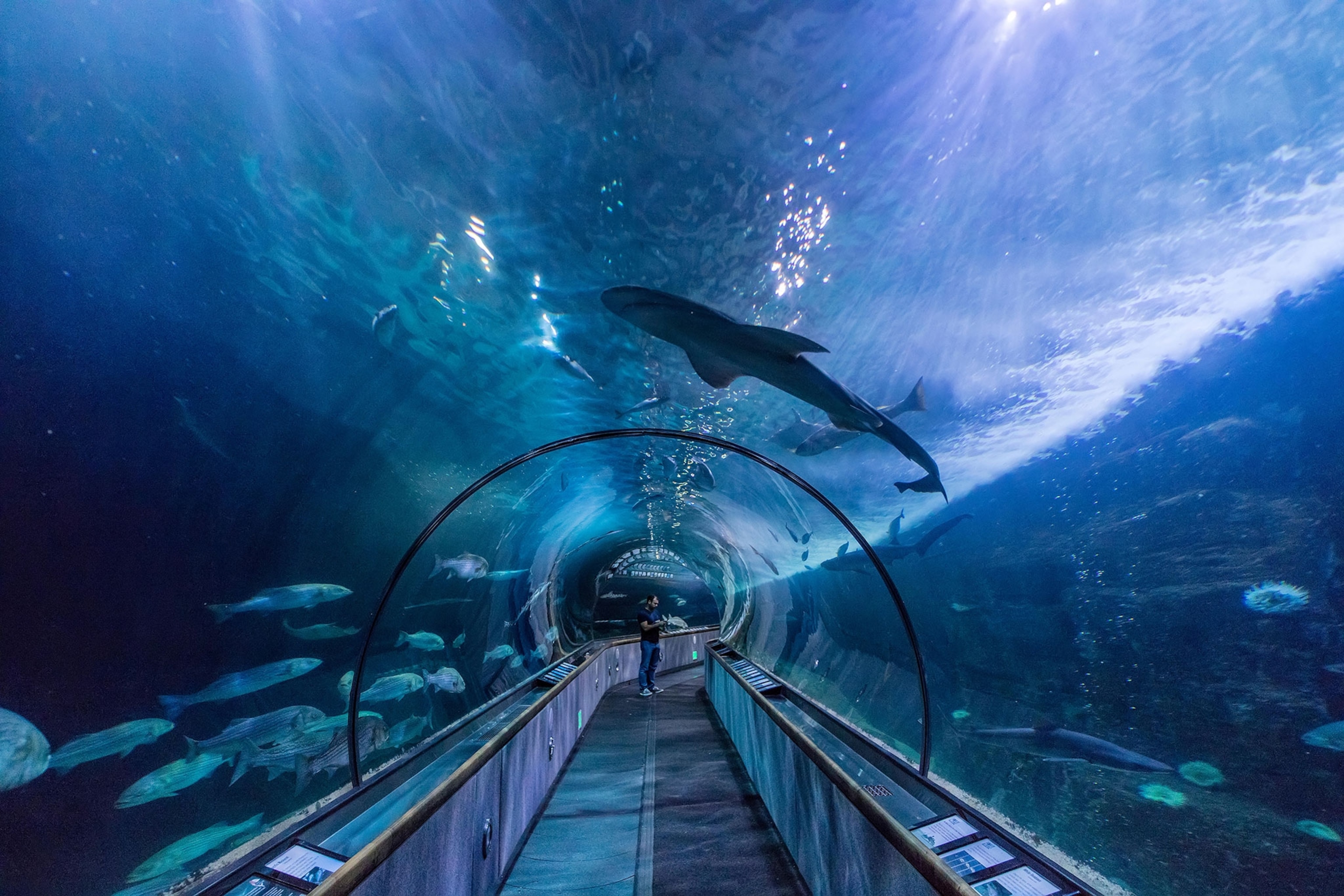
The two underwater tunnels, a combined 100 yards long, are the main attraction at San Francisco’s Aquarium of the Bay at Pier 39. They let you stroll through massive, bay-fed saltwater pools swarming with sturgeons, flapping bat rays, and multiple species of sharks, including the sevengill, the largest predator in San Francisco Bay. They glide right past, inches away, at eye level and overhead.
What a Lift
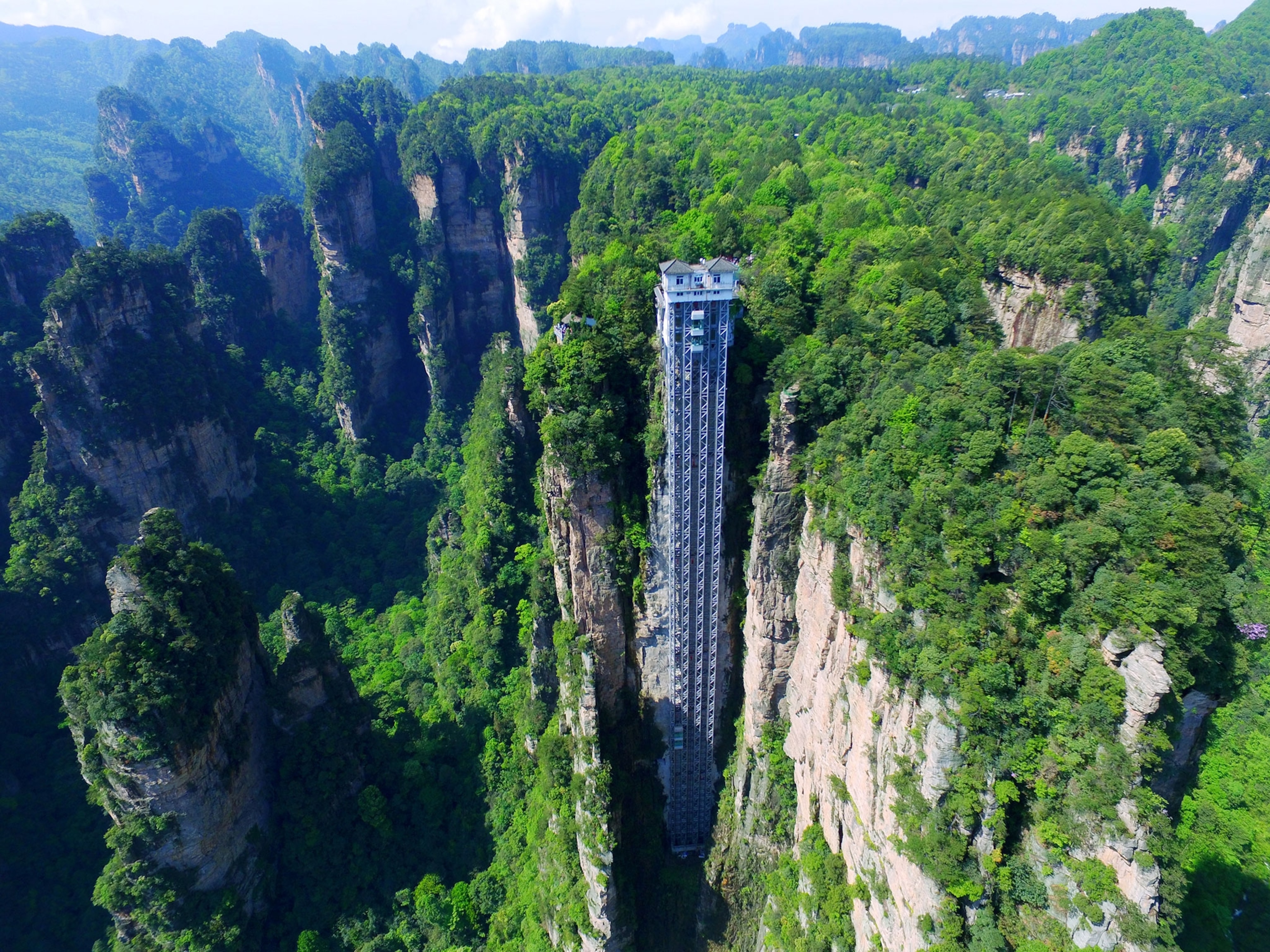
In Charlie and the Great Glass Elevator, sequel to the children’s classic Charlie and the Chocolate Factory, the elevator accidentally goes into orbit. The Bailong Elevator, built alongside a massive rock pillar in southern China’s Zhangjiajie National Forest Park, doesn’t go that high, but at 1,099 feet, it’s nearly as tall as the Empire State Building. The ride is a short but memorable 66 seconds as it soars high above the canyon below.
Don’t Look Down
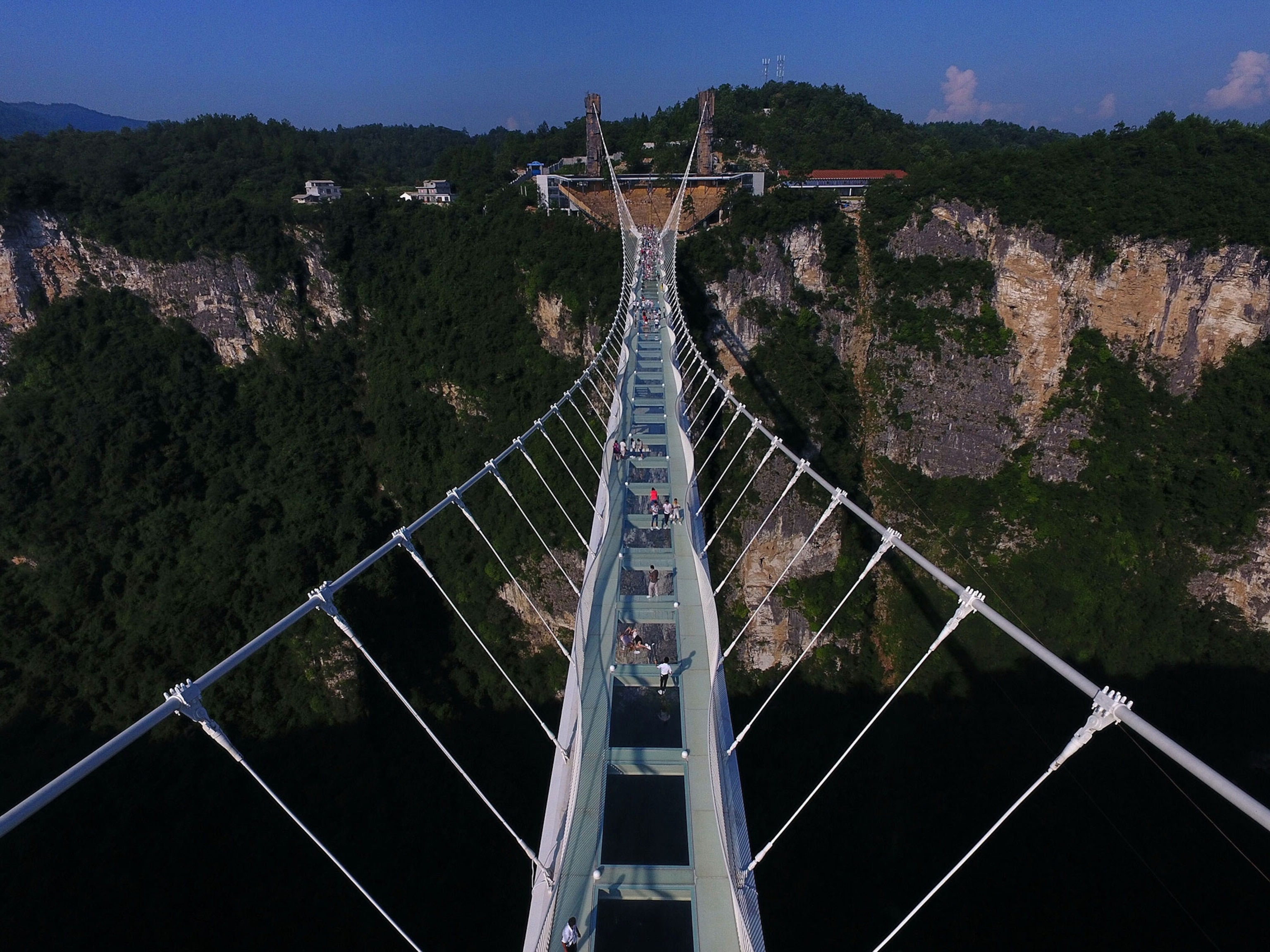
China’s Zhangjiajie National Forest Park is home not only to the aforementioned world’s tallest glass elevator, but also its horizontal counterpart, the world’s longest glass bridge. Completed in 2016, the Zhangjiajie Glass Bridge is a quarter mile long and nearly 1,000 feet high, triggering dread in the hearts of many visitors, as seen in this video. Acrophobics may also want to skip the Grand Canyon Skywalk, the horseshoe-shaped glass walkway that extends 70 feet out over the 4,000-foot-deep canyon floor.
Nest in the Sky

Skylodge Adventure Suites lend new meaning to the expression “hanging out.” Each pod, enclosed entirely in glass, hangs out over the edge of a cliff overlooking Peru’s Sacred Valley of Cuzco. A vigorous hike with zip lines or a Via Ferrata climb is required to reach these lofty accommodations, but your guide will reward you with a gourmet dinner and wine before leaving you alone with condors as your cliffside neighbors.
Proper Choppers
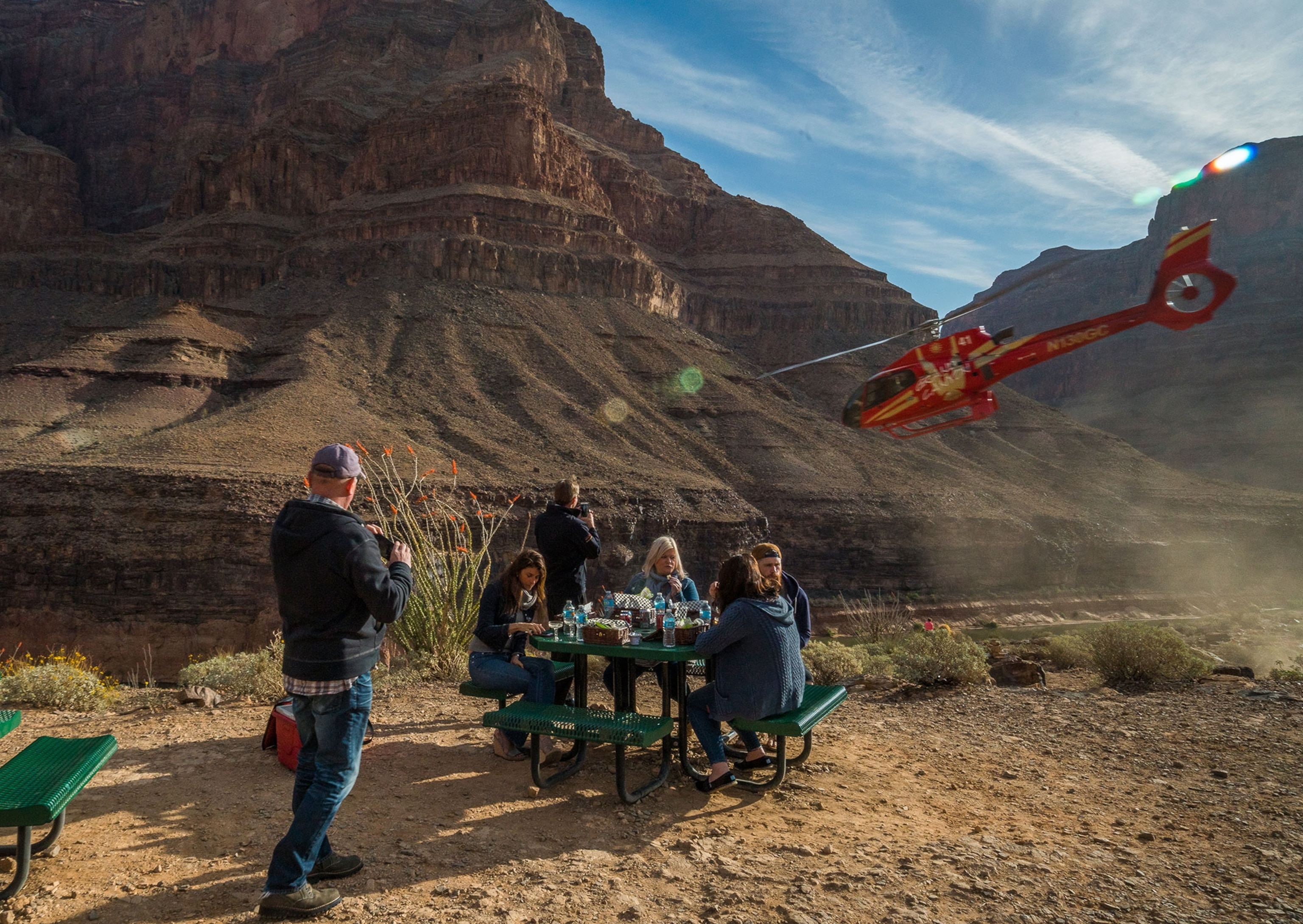
The best bird’s-eye view of many natural wonders is from a “whirlybird,” as big front and side windows in tourist helicopters let passengers take Instagram-worthy aerial shots. Chopper tours are offered at many national parks, including Grand Canyon, Glacier, Yellowstone, and Hawaii Volcanoes. Prices vary widely, with a 15-minute flight over Chile’s Torres del Paine National Park costing $285, but a short flight with a view of the Great Smoky Mountains a mere $29.
Dome Roaming
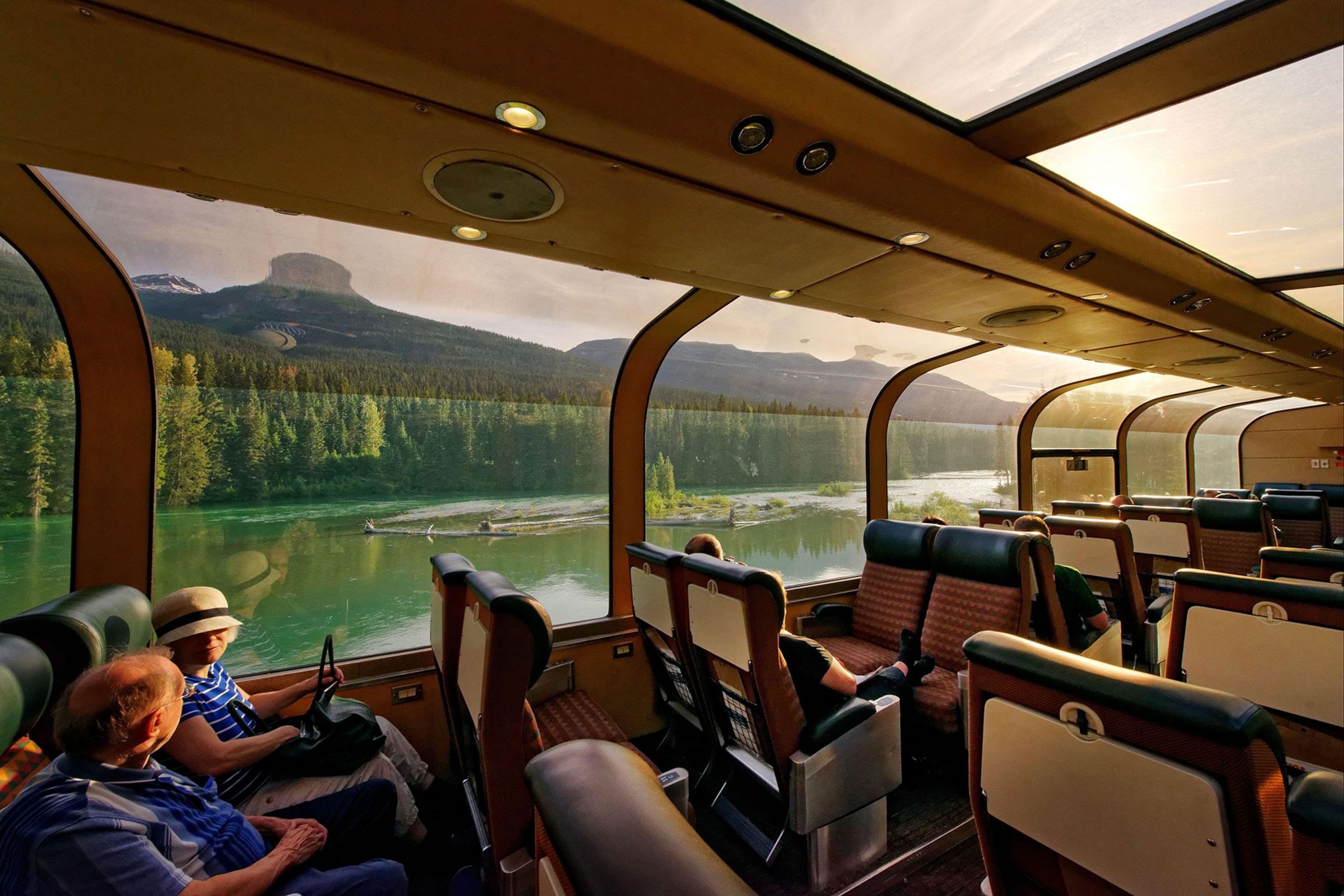
Bubble tops on scenic train cars are becoming as common as toupees on male politicians. While the latter is meant to cover up a bald dome, the former opens up the view for passengers. Two Alaska Railroad scenic trains include cars with glass-domed ceilings; four Rocky Mountaineer train routes feature panoramic dome cars for passengers’ pleasure on scenic routes through Western Canada; and four Via Rail Canada routes have Panorama Dome cars.
Bubble Rooms
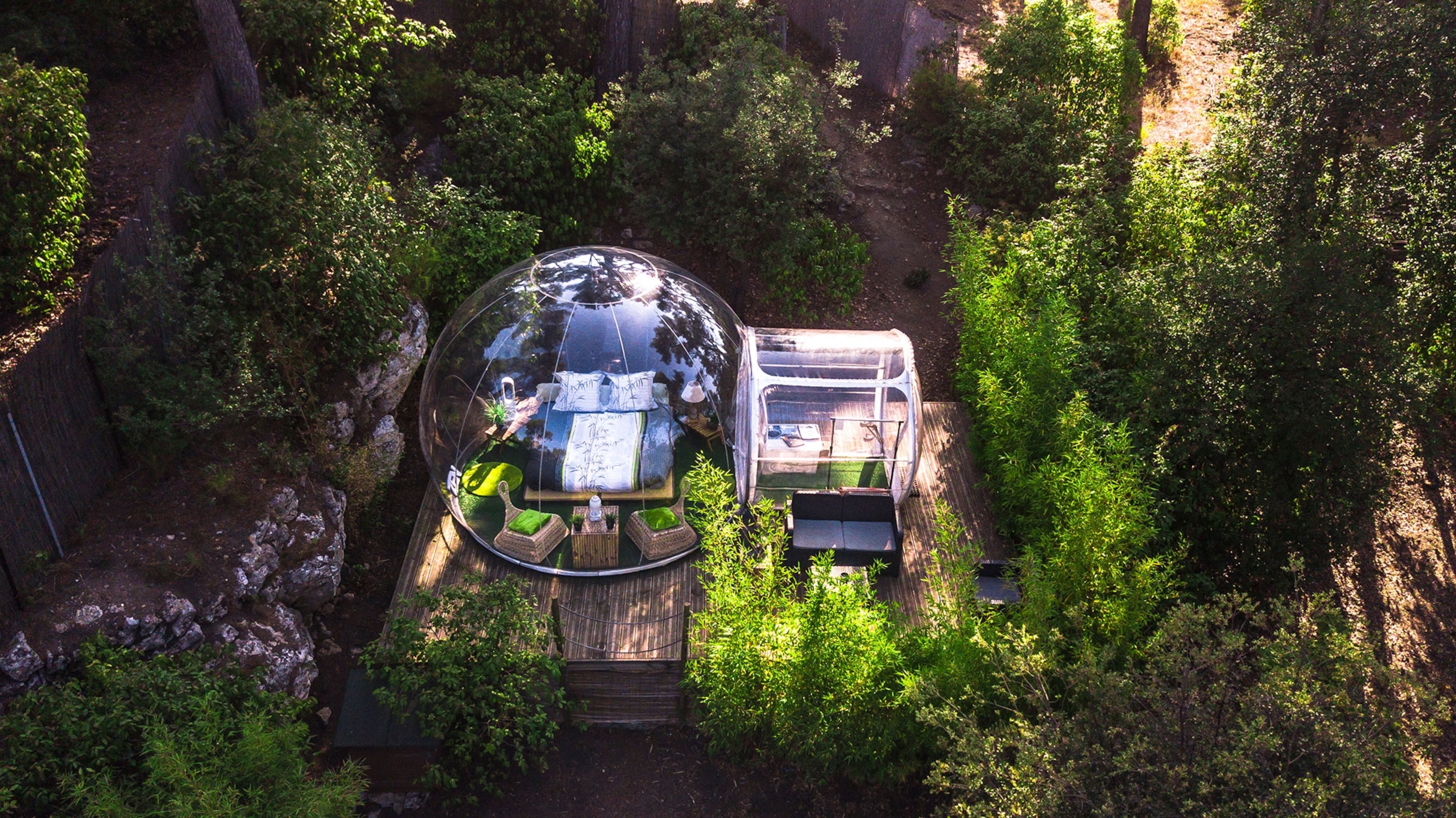
Bubble rooms appeal to minimalist and adventurous travelers. These rooms are round: You gaze up at the stars from a bed inside a nearly whole and virtually transparent bubble that sits atop a low platform. Most are located in forests, permitting privacy. This unique accommodation is found at Attrap’Rêves in the French countryside near Marseilles, Finn Lough in rural Northern Ireland, and elsewhere in Europe.
- National Geographic Expeditions
Glass-Topped Boats
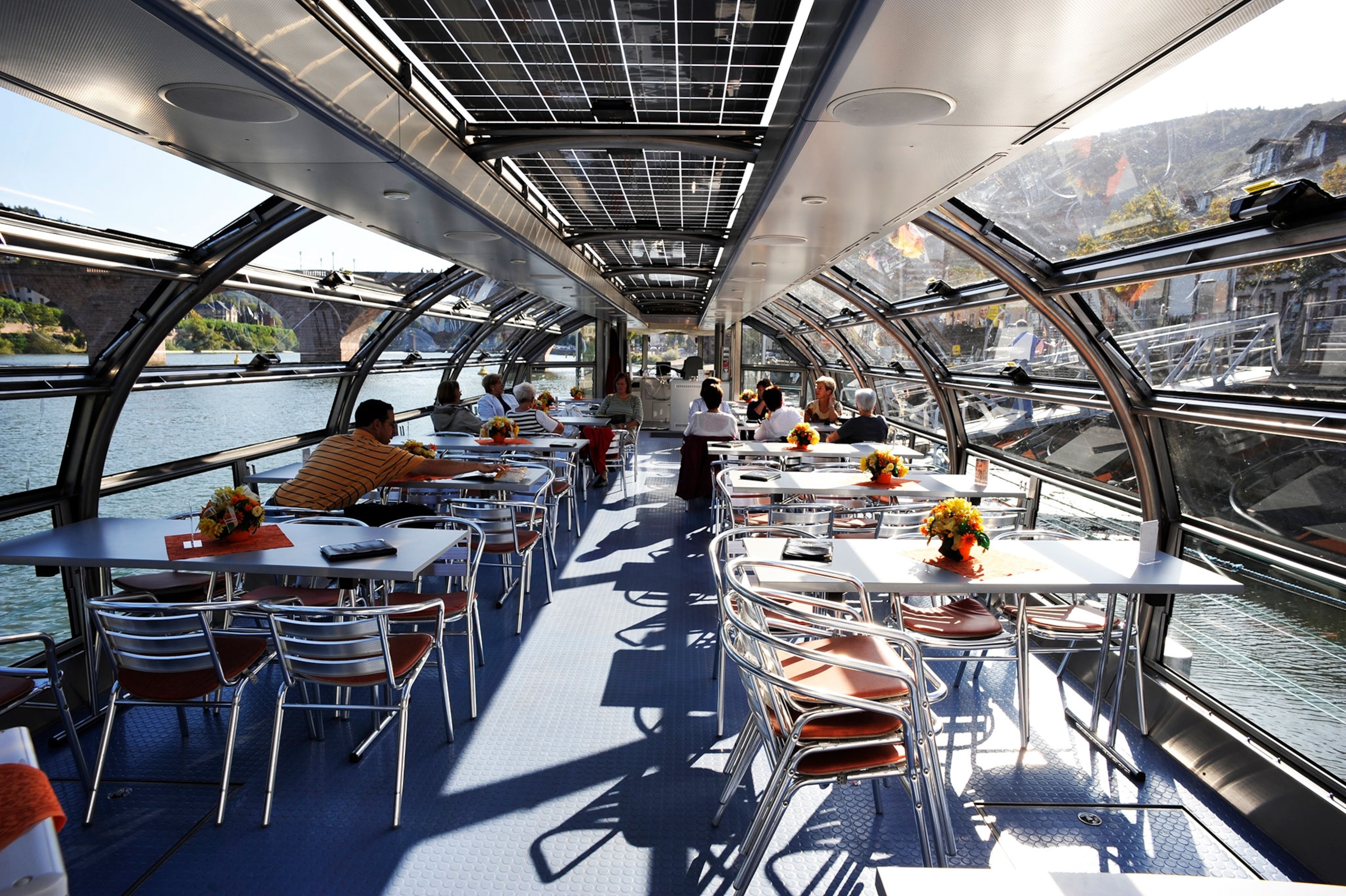
An open-air scenic boat ride in blazing heat, rain, or cold weather is no fun, nor is a retreat to the boat’s cabin area, because then you miss the scenery. The solution is glassed-in, climate-controlled tour boats, which have proliferated in the rivers that bisect cities like Chicago, Paris, Copenhagen, Singapore, and Strasbourg. Even better, the glass-topped boat that plies Heidelberg’s Neckar River is solar-powered, ensuring a quiet and carbon-free ride.
Glass-Bottom Subs
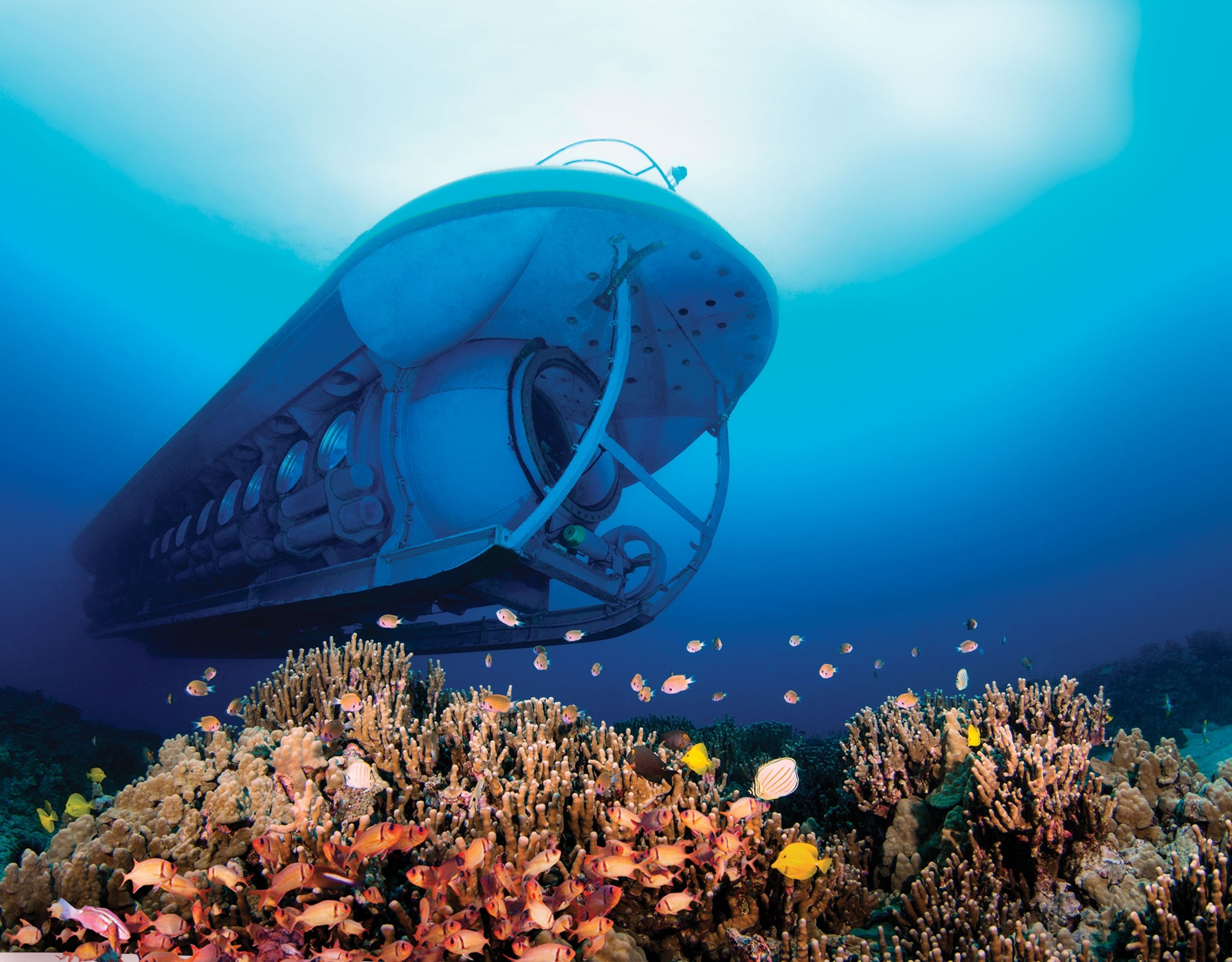
Glass-bottom boats, submarines, semi-submersibles, and even kayaks let you enter the world of sea creatures without equipment—or even getting wet. Most Great Barrier Reef tour watercraft, such as the Quicksilver mini-subs that launch from a pontoon, are designed for maximal viewing of tropical fish through large side windows. Submarines in Hawaii and clear kayaks in New Zealand are two other ways to see sea life up close.
Bob Cooper, a California-based travel and outdoors writer, is a past contributor to National Geographic Traveler magazine.


